The need for sustainability in how we shop, where we shop and what we buy is growing. The explosion of plant-based products hitting the shelves to the increase in pre-loved websites is a testament to the drive towards sustainability.
According to a report in 2021, 32% of consumers are highly engaged with adopting a more sustainable lifestyle and 28% of consumers have stopped buying certain products due to ethical or environmental concerns (Deloitte).
In Google trends data, in the past 12 months, users searching ‘Food waste’ has increased 89% and Recycling and plastics increased by 60% and they’re also searching how to take action, ‘Ways to reduce carbon footprint’ has increased 101% and ‘reusable cotton pads’ increased 47% (Think with Google.)
As shoppers are trying to play their part in leading a sustainable lifestyle, there is a desire for retailers to do the same, especially among Gen Z.
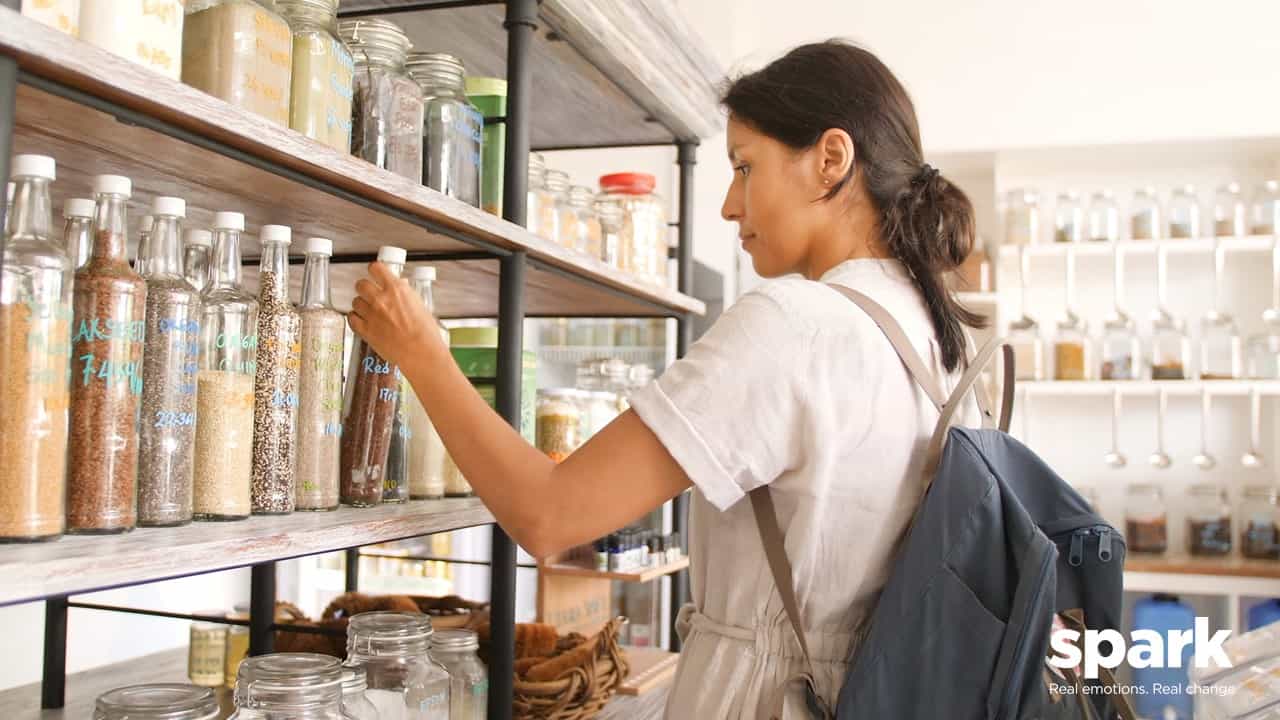
How can retailers help?
Sustainability is on the agenda for many retailers and brands and there are several factors to consider when implementing an initiative. Firstly, understand what sustainability means to the shoppers and what are their triggers and barriers.
It may seem like a great idea to tackle sustainability by asking shoppers to bring in used packaging to store so it can be re-used, but if the retailer has limited stores, this could create several barriers to the initiative. What’s more, consumers are less likely to engage in activities if it’s too much effort so it’s important to make any initiative as simple and easy as possible for shoppers to engage with.

How can brands help?
It’s also important to understand what distinctive assets are on the packaging before undergoing a sustainable packaging revamp. In other words, what do shoppers instantly recognise and look for on packaging to know it belongs to a brand? This could be the packaging colour, logo, icon, food imagery, slogan or even the packaging shape. If the packaging changes, along with all brand identities, then it could lead to a loss of sales where shoppers simply can’t find the product. We discuss the problem facing Coca Cola and its iconic bottles here:
Once you know what initiatives are a priority and understand your shoppers, it’s important to understand how to communicate it most effectively by understanding the touchpoints in the shopper journey and how information can cut through. This is best achieved by seeing what shoppers actually do (rather than what they say do) to get a true picture of their behaviour.
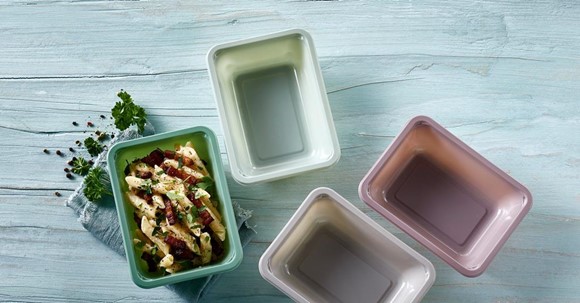
How can we help?
At Spark Emotions, we understand the challenges facing brands and retailers today as they move towards more sustainable strategies. We have cutting edge methodologies combined with a psychological lens to understand how shoppers really behave and make decisions (rather than what they say), what barriers they face and the different touchpoints .
Our expertise in distinctive assets can ensure you don’t make any costly mistakes when undergoing a pack change. Get in touch to hear how we can help throughout the sustainability journey.
Related articles:
If want to keep on top of the latest sustainability trends then read our article on what sustainability means to shoppers or our article on how a paper bottle could impact Coca Cola’s distinctive assets.
Or click here for more articles related to sustainability.

Written by Sinita Govind, Associate Director at Spark Emotions
If you have any questions, feel free to reach out to Sinita via email sinita.govind@sparkemotions.com or connect with her on LinkedIn



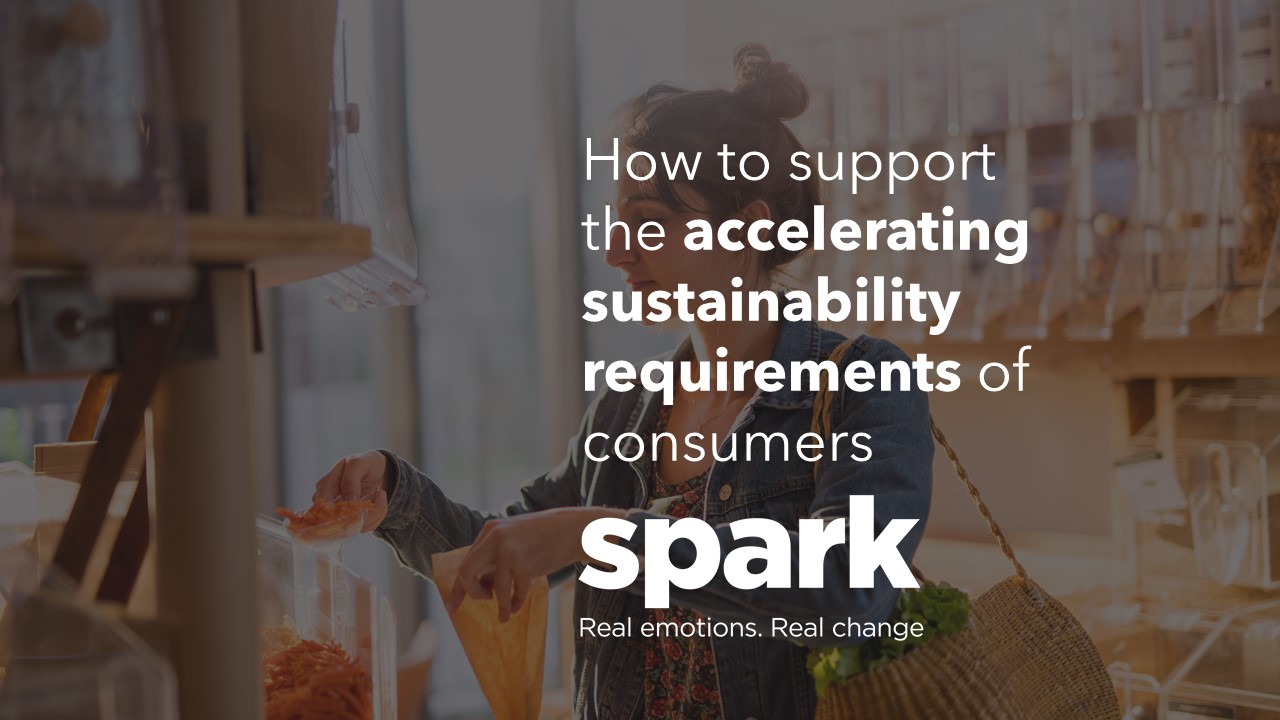
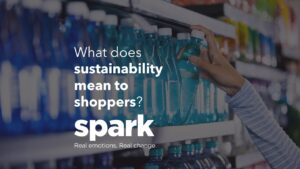
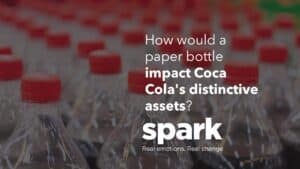


2 thoughts on “How to support the accelerating sustainability requirements of consumers”
Comments are closed.